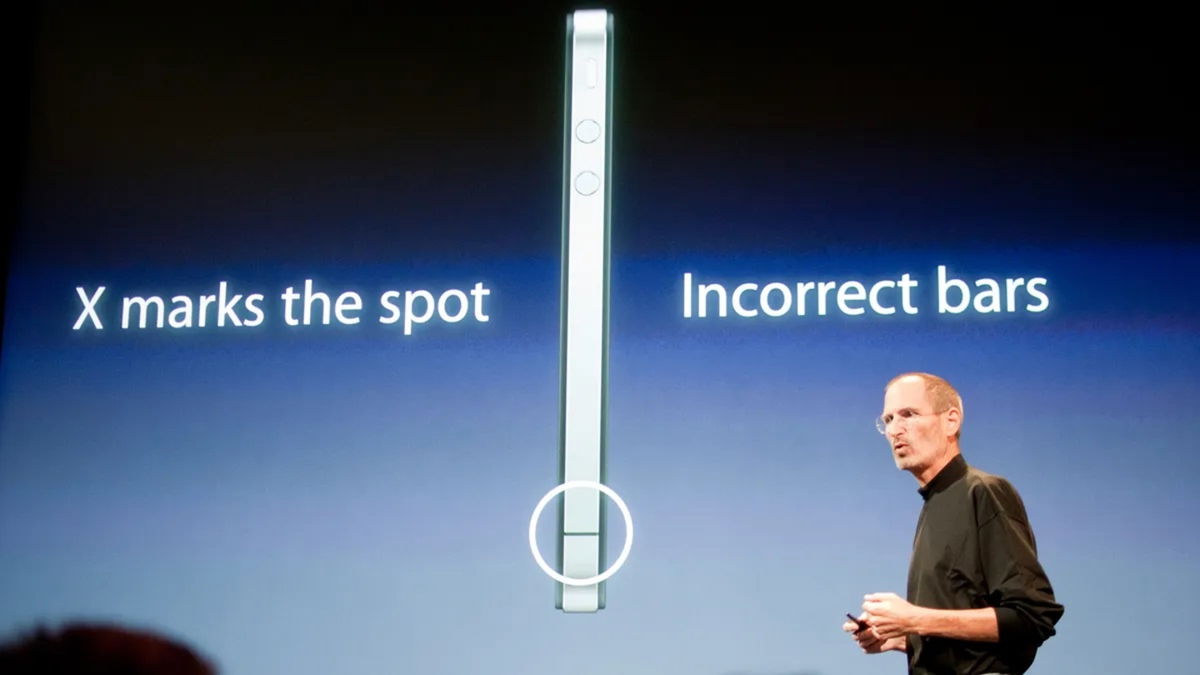Those who complain about the amount of vital resources destroyed during environmental crises We have no idea what we are losing through people’s deliberate actions without realizing it. Terrestrial life, from very rare trees to entire species unrecorded by taxonomy, is quietly disappearing.
What scientists now call the “dark extinction” describes species that are wiped out without even knowing they exist. The worst part is that the process may be happening more rapidly all over the planet and cannot be recorded because these are classes that have not yet been discovered scientifically.
This anonymous biodiversity disruption represents a major challenge to the preservation of life on Earth: If it is already difficult to try to preserve known biomes when economic interests take precedence over life, Imagine what it means to protect the unknown from an unwitnessed death.
How are dark extinctions defined?
In order for lost species to be classified as a “dark extinction”, they must first be taxonomically unknown. and also “leaving the scene” as a result of human-induced habitat modification. This means that extinct dinosaurs, for example, do not fit this concept.
These obligate anthropogenic extinctions do not necessarily have to occur in the modern era.
In fact, this undocumented decline in plants and animals Our ancestors began colonizing and hunting the continent in prehistoric times..
Dark extinctions and taxonomy of the modern age

The founding movement of the Modern Age in Europe, Great sea voyages began in the 14th century with a massive wave of planet-wide anthropogenic extinctions.. When these colonists landed on unknown oceanic islands, they brought with them mice, cats, and other invasive species that had a devastating effect on the native fauna of the new continents.
Although the foundations of taxonomy were laid in Ancient Greece, many naturalists began to travel the world in the early 19th century, when major scientific discoveries were made. Collection and identification of previously unknown plant and animal species.
But even at the dawn of the new science, many species had become extinct. According to researcher Alexander Lees from Manchester Metropolitan University, “We know what we have lost and identified, but the biggest unknown is what is lost before disclosure and, in some cases, It disappeared before the science of taxonomy began.”he told IFLScience.
How many terrestrial species disappeared in dark extinctions?

Right now, All extinct plant and animal species are officially cataloged in the so-called Red List of the International Union for Conservation of Nature (IUCN).
There are a total of 909 species in the document; this number is considered a “significant underestimation” by the organization itself; because the organization does not take into account unknown extinctions or undiscovered species.
Various studies attempt to create a statistical model that can calculate these omissions, but this is a difficult calculation. One study estimates that the number of bird species extirpated due to human activities is approximately 1,430, while another suggests: Up to 60% of all taxonomic group extinctions may involve species that have never been catalogued..
Can dark extinctions be avoided?

To make this picture even more uncertain, Lee recalls that each confirmed historical extinction opens up a range of possibilities for the extinction of common species associated with these extinct creatures. Well, Although ancient megafauna can be identified in the fossil record, their parasites have not been identified..
Like this, One of the solutions to reducing the dark extinction phenomenon is to significantly increase our taxonomic production.. It is estimated that only 1.2 million of the 8.7 million land animal species have been classified in the last 200 years.
Lees says this needs to be reversed as classification is currently largely underfunded. “You will never be able to tell everything, but hopefully we can get well above 10%,” he concludes.
Is there anything you want to ask? Tell us on our social networks and get the opportunity to share the article with your friends. To the next one!
Source: Tec Mundo
I’m Blaine Morgan, an experienced journalist and writer with over 8 years of experience in the tech industry. My expertise lies in writing about technology news and trends, covering everything from cutting-edge gadgets to emerging software developments. I’ve written for several leading publications including Gadget Onus where I am an author.












